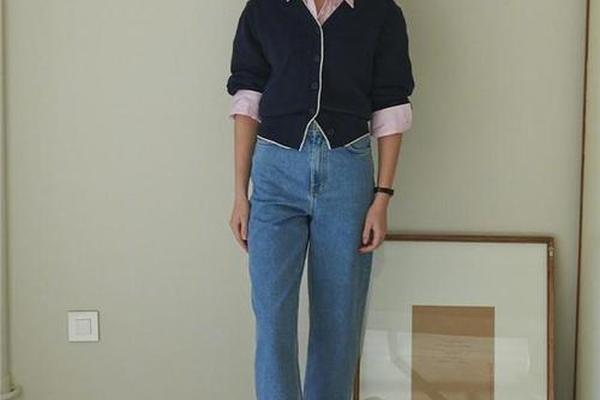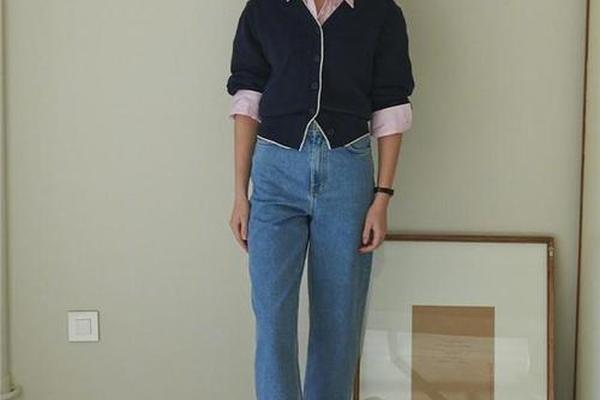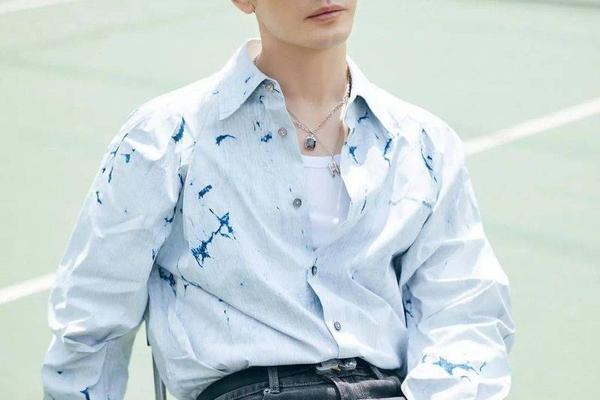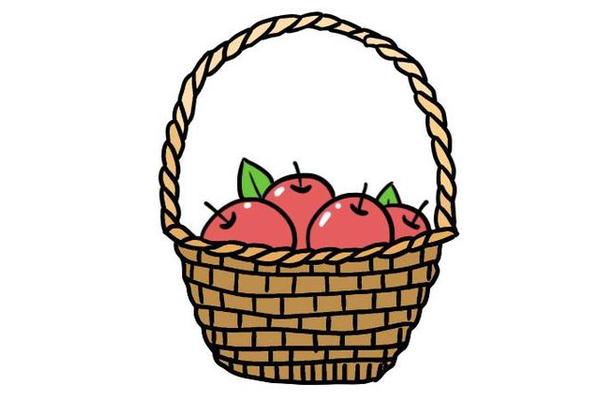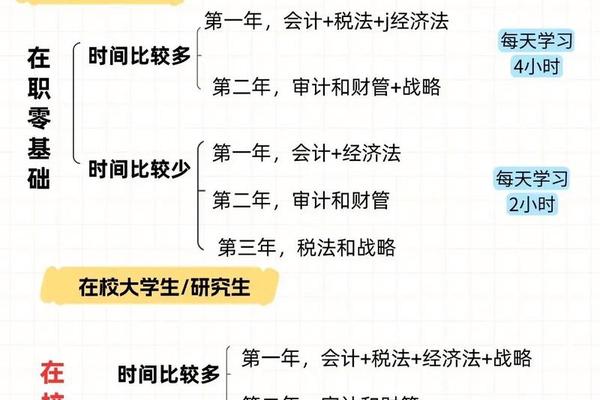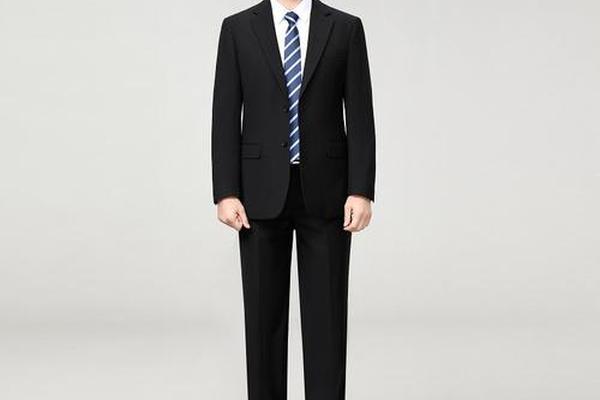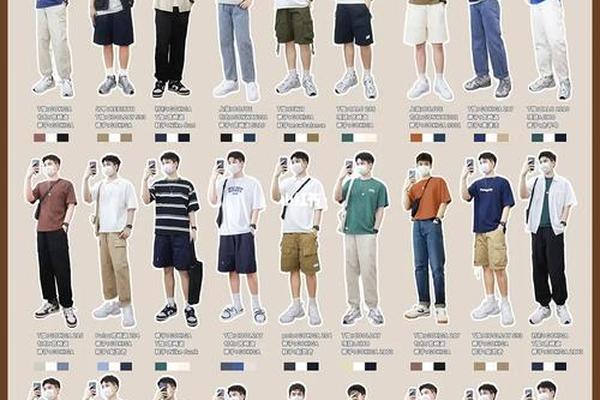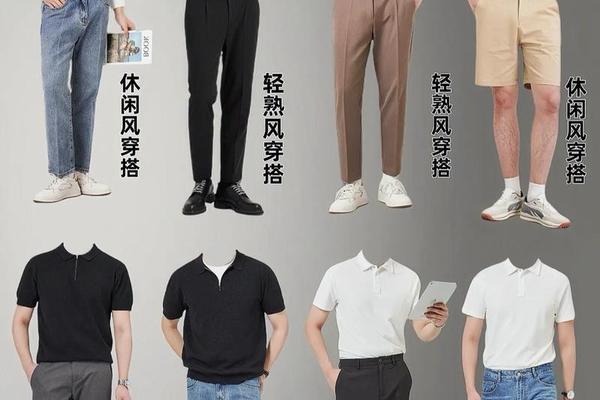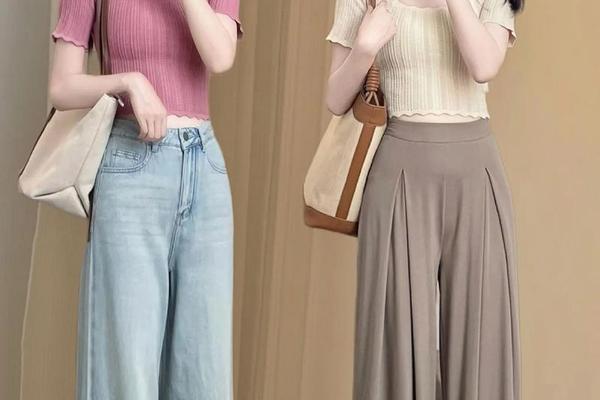“穿衣服”和“多穿衣服”在英语中有多种表达方式,需根据具体语境选择合适短语。以下是基于要求的
一、基础表达:穿衣服
1. Wear clothes
例句:She is wearing a red dress today.
2. Put on clothes
例句:He put on his coat and left.
二、多穿衣服的正确表达
错误说法:❌ Wear more(中式英语,不符合英语习惯)。
正确表达:
1. Put on more clothes
例句:Put on more clothes; it's freezing outside!
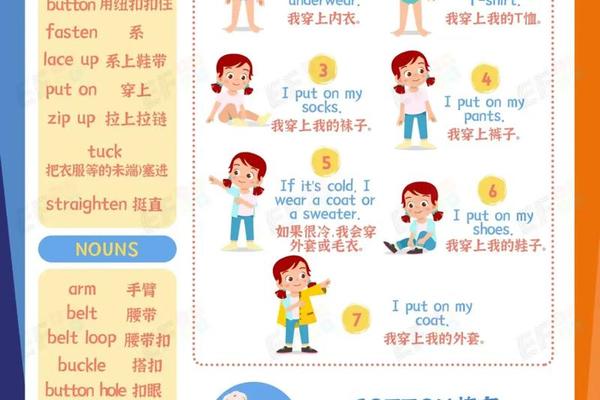
2. Wear extra layers / clothes
例句:Wear extra layers to stay warm in winter.
3. Bundle up!
例句:Bundle up before going out!
4. Wrap up warm / well
例句:Wrap up well—the wind is chilly.
三、其他相关表达
1. Stay warm / Keep warm
例句:Please stay warm to avoid catching a cold.
2. Dress warmly
例句:Dress warmly for the snowstorm.
3. Layer up
例句:Layer up if you’re hiking in the mountains.
四、常见误区
五、情景例句
1. 提醒孩子:
“Bundle up, sweetie! It’s snowing outside.”
2. 朋友间关心:
“You should put on an extra layer—it’s colder than expected.”
3. 正式建议:
“Ensure you dress warmly for the outdoor event.”
通过以上表达,可更自然、地道地传达“多穿衣服”的含义。需注意英语中动作与状态的区别,以及不同地区的习惯用法差异。


